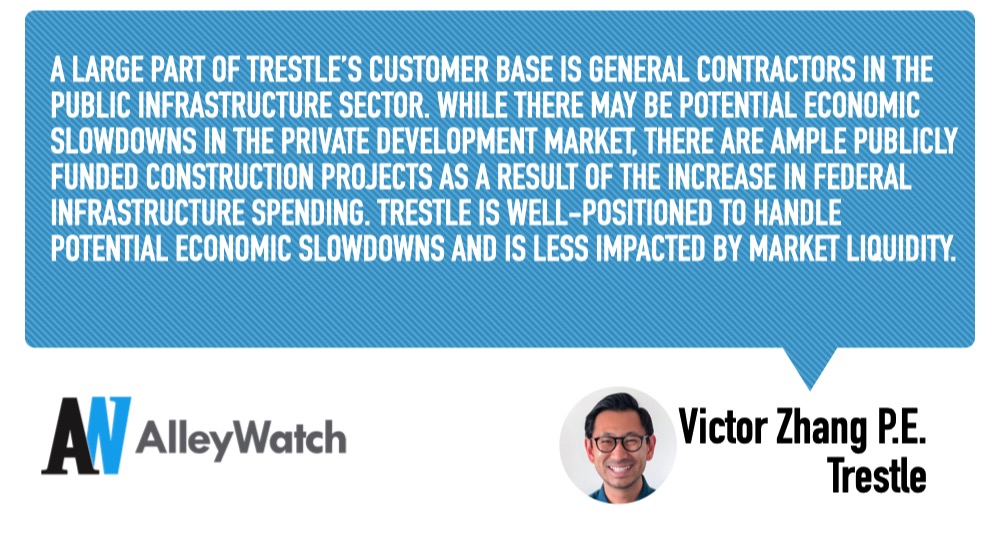Certificates of Insurance: Collect and Verify Them With Ease


Managing complex construction projects comes with its share of risks, and you need to protect yourself. Requiring all your subcontractors to submit a certificate of insurance (COI) is necessary so you can prove your trustworthiness and commitment to safety to all potential clients. It’s also a standard part of construction prequalifications.
But collecting certification of insurance can be a hassle. Once you’ve received subcontractor insurance documentation, you'll need to verify its accuracy. The right tools can make this task a breeze. Learn how new technology makes it easier to collect and verify certificates of insurance.
Why You Need Certificates of Insurance
A certificate of insurance issued by your subcontractor’s insurance provider summarizes their coverage amounts. Most clients require you and your subcontractors to have minimum coverage through the duration of your contract. The amount varies based on a project’s scope and duration, but at a minimum, you'll need workers' compensation and general liability coverage.
Insurance protects you from job-related risks, including injury, property damage, theft, and project delays. Keeping certificates on file for you and your subcontractors keeps you competitive and eligible for more projects.
Risks of Not Verifying Certificates of Insurance
If you’re a general contractor, you are primarily responsible for every member of your project team, including your subcontractors. If you fail to verify that each member of your project team is properly insured, you could be held financially responsible for their mistakes.
Depending on the project, you could also be putting yourself at risk of non-compliance. Along with the financial risks, you're also potentially jeopardizing your brand image. If a client finds out that your subcontractor isn't carrying insurance, you risk your credibility and your reputation for high-quality work. A client could wonder how else you’re choosing to cut corners, even if the insurance oversight was an honest mistake.
Collecting and verifying COIs before even bidding on a project helps you mitigate these risks.
Communicating With Your Subcontractors
Save yourself from having to scramble to collect insurance certificates for a bid proposal by requiring them upfront with every firm during the prequalification or vetting stage. Set clear expectations of what you expect, including coverage amounts and requirements for additional insured.
Some of these requirements will vary depending on the given project, but having a general certificate on hand enables you to quickly respond to bid opportunities.
The Process of Collecting Certificates of Insurance
Before partnering with a subcontractor on projects or prequalifications, be sure they're insured by a reputable, financially stable insurance company. Don’t collect certificates from the subcontractors themselves. Instead, contact the insurance company so you know the certificate is legitimate.
If you're collecting certificates of insurance from your subcontractors, you'll need to verify them. Here are some signs that the certificate is authentic:
- You recognize the insurance company.
- The certificate includes the ACORD logo in multiple locations and says “ACORD 25.”
- It has consistent fonts and handwriting throughout, specifically for the expiration dates and policy numbers.
Once you’ve collected and verified insurance certificates, file them so you have them if a client needs them or if you’re being audited for compliance.
How To Verify an Insurance Certificate
Collecting an insurance certificate directly from the issuing company is the best way to know your subcontractors and other vendors are carrying legitimate policies. If you’re collecting the certificates yourself, start by calling their insurance company to make sure the policy is still active.
Make sure the information listed in the “insured” box is filled out correctly with a business name and address rather than a single person. Check the broker’s information against the certificate issuer to make certain the information matches. For example, if a company sends you a certificate from The Hartford but the broker’s email address says Nationwide, the certificate might be fake.
Finally, check the coverage. Ask the subcontractor’s insurance provider to go over coverage amounts and double-check the amounts against the certificate.
Save Time With Technology
Insurance is an important yet time-consuming part of subcontractor management. Thankfully you can use digital tools to eliminate manual paperwork and make it easier to collect and verify certificates of insurance.
Insurance tracking and verification software does the legwork for you, saving you from having to call insurance companies and verify policies. Many platforms will automate verification processes, including checking formatting, confirming coverage amounts, and looking for the required endorsements.
Most COI verification software lets you set up notifications when a subcontractor’s policy is set to expire so you can follow up and get a new certificate. Look for one that integrates with your subcontractor management platform or includes COI verification. That way, you know your records are updated and you can consult your database when you need to find the right subcontractor for a bid.
Follow COI Verification Best Practices
You need certificates of insurance for all your potential subcontracting partners to comply with multiple regulations. Add COI review to your compliance audit checklist and review policies and coverage amounts regularly. Set automated reminders to contact vendors for new certificates when their old ones expire.
Train your administrative team on COI review and verification so they understand how to interpret certificates and spot a fake. Encourage them to use COI verification software so they can easily see which vendors are compliant.
Finally, collaborate with your subcontractors so they can provide their COIs quickly. If you’re working as a subcontractor, keep your COIs updated and send them to your team.
Optimize COI Collection With Trestle
Insurance is not the most glamorous part of the construction industry, but it's important. Without it, you and your company are at financial risk in case of accidents, injuries, project delays, and more.
Trestle understands how important it is to make each vendor’s COIs easily accessible. Our data-driven vendor management software lets you track each subcontractor’s essential information, including their past performance COI, coverage amounts, and expiration dates. Use it to stay on top of your professional contacts and keep your information updated.
Schedule a demo of Trestle to learn how we can help you streamline your COI processes.
Keep Reading





